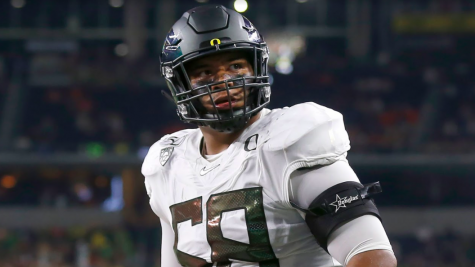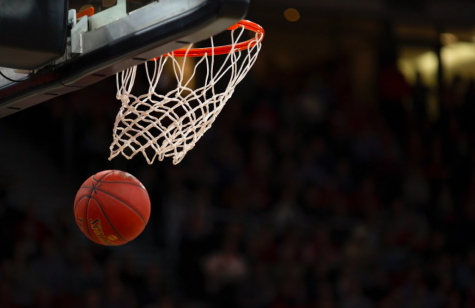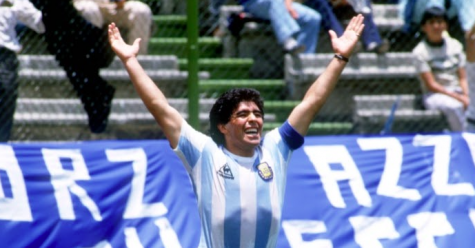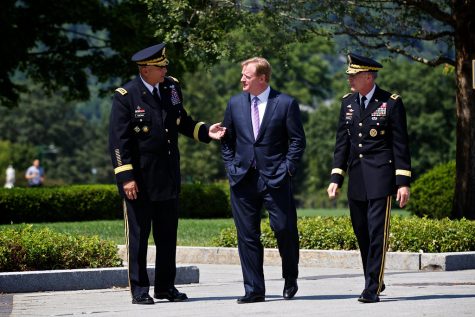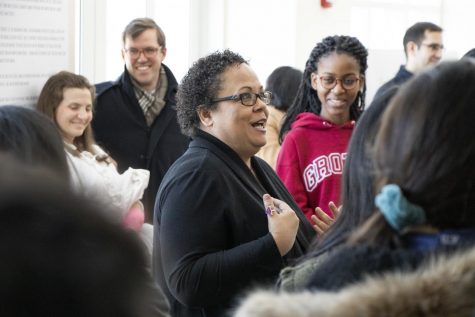Opinion: Wait On A Pool

As the Groton Swim team expands each year, there is a growing sentiment among the swimmers that the current pool does not adequately accommodate the full team. Gaining official recognition as a varsity sport in 2014, the program has developed steadily since then. Just four years ago, the team was comprised of about ten students; it now has 33. But while the steady growth of the program initially seems to warrant a new facility, the size of Groton’s student body ultimately limits how much the school could invest in different athletic facilities.
The biggest limitation of the current pool is the size. With only four lanes, the swim team has almost eight students swimming in a lane at once, and the cramped conditions create constant disruptions in a swimmer’s training. Ostensibly, the only way to mitigate the problem is to divide practice times in half; however, this idea is also unfavorable as it mandates the coach, who is not Groton School faculty, be present for twice as long.
Captain Katie Reveno ’20 said, “Our current pool makes it difficult to host other teams. In practice, when we are doing breaststroke or fly, we frequently run into one another; the ideal size of a pool would have 5 to 6 lanes.”
In addition, there is limited deck space and dim lighting, which decreases the appeal to both fans and future swimmers. The lack of lighting creates a gloomy atmosphere that may be dissuading Groton students from supporting their peers.
Yet despite these problems, there are pragmatic ways to address such concerns. For instance, Varsity and Junior Varsity can practice separately. On January 22, cut-off times were established to decisively divide Varsity from Junior Varsity. Swimmers qualify for Varsity if two of their times from time trials or meets are under the cut-off time.
Given the new cut-off times, the necessary course of action would be to split the use of the pool between Varsity and JV. This division should not be seen as breaking up a team, as all sports, except cross country and track, are like this. Rather than having one coach for both teams, we can increase funding for an additional swim coach and renovate the swimming pool for increased lighting.
“Although this will not address the swim-meet situation, a new pool is not necessary until the team meets around 50 swimmers. This will likely take an additional 3-4 years,” Harry Liao ’21 said.
Regarding a new pool Mr. Low added, “It is understandable that students who are striving for excellence and engaging in passions want to achieve at the highest level, but it is also challenging for a small school with a small enrollment to do everything.”
By waiting a few more years to see whether the swim program meets a greater number of students, this will allow Groton to make informed, quantitative decisions about whether or not to create a pool. But as of now, the aforementioned plan is a much more cost-effective way to mitigate the cramped conditions of the pool.


